Combined Tissue and Liquid Biopsies Improve Survival in Advanced Solid Tumors

1 May 2025
The phase II ROME trial demonstrated that personalized therapy guided by combined tissue and liquid biopsies significantly improves survival in advanced solid tumors. Patients receiving tailored therapy based on concordant biopsy results showed a 26% reduction in mortality risk and a 45% lower risk of progression, with median overall survival of 11.05 months compared to 7.7 months under standard care.
Patients with advanced solid tumors experienced significantly improved survival outcomes with tailored treatment guided by both tissue and liquid biopsies, surpassing conventional methods based on either biopsy alone, according to results from the phase II ROME trial presented at the American Association for Cancer Research (AACR) Annual Meeting 2025.
Precision oncology has long leveraged genomic profiling to tailor therapies based on specific tumor mutations. Traditionally, oncologists faced a challenging decision: opt for a tissue biopsy, directly sampling the tumor but risking missing genetic alterations from other tumor sites, or choose a less invasive liquid biopsy, reliant on circulating tumor DNA in blood but limited by potentially insufficient shedding of tumor cells.
Addressing this dilemma, the ROME trial, examined whether integrating both biopsy modalities could provide superior diagnostic accuracy and clinical outcomes. Led by Dr. Paolo Marchetti, Scientific Director at IDI-IRCCS in Rome, the study enrolled 1,794 adults undergoing second- or third-line treatments for advanced or metastatic solid tumors.
“Investigating discordance in molecular alterations between tissue and liquid biopsies is critical for precision oncology,” said Dr. Marchetti, who presented the trial results. “Tumor characteristics in different sites can lead to the identification of different clinical actionable targets, yet current biopsy strategies often fail to capture this heterogeneity.”
Patients received genomic profiling using both FoundationOne CDx tissue and liquid biopsies. A Molecular Tumor Board found actionable mutations in 400 patients, with a 49.2% concordance rate. Among discordant cases, 34.7% had mutations detected only in tissue biopsies, and 16% only in liquid biopsies.
Patients exhibiting concordant mutations (T+L group) experienced markedly better clinical outcomes when receiving tailored therapies compared to those receiving standard-of-care treatments.
Specifically, median overall survival (OS) reached 11.05 months in the tailored therapy group, compared to only 7.7 months for standard care—translating into a 26% reduction in mortality risk. Progression-free survival (PFS) also significantly improved, extending from 2.8 months to 4.93 months, reflecting a 45% reduction in progression risk.
Intriguingly, this pronounced survival advantage diminished when tailored therapy was based solely on either biopsy method independently. Patients guided by tissue biopsy alone had intermediate outcomes (OS of 9.93 months and PFS of 3.06 months), while those guided solely by liquid biopsy exhibited the poorest outcomes (OS of 4.05 months and PFS of 2.07 months).
“The superior outcomes observed in patients with concordant biopsy findings highlight the potential of combined molecular profiling approaches to optimize patient selection for tailored therapies,” Dr. Marchetti said.
“The concordance may be related to the tumor expressing the same genomic alteration in different metastatic sites. Expanding the analyses to account for more factors, such as disease subtype, metastatic sites, and biopsy location could help define a new, more effective diagnostic pathway.”
Discordances primarily emerged from differences in molecular alteration detection (43.3%), discrepancies in tumor mutational burden (35%), test failures (21%), and less commonly, microsatellite instability variations (1%). The PI3K/PTEN/AKT/mTOR and ERBB2 pathways notably exhibited the highest discordance rates, suggesting critical areas for technological refinement.
Marchetti emphasized the need for improved molecular profiling methods to overcome discordance limitations, advocating future approaches combining both biopsy modalities at multiple points during treatment. He notes, “By addressing the challenges of discordance and leveraging the strengths of both biopsy modalities, future strategies can refine precision oncology algorithms and enhance clinical outcomes for patients with advanced cancers.”
While promising, the trial acknowledges certain limitations, including exploratory subgroup analyses lacking predefined statistical power, differing biopsy sampling times, and smaller subgroup sizes potentially affecting result robustness. Nonetheless, these findings advocate strongly for integrating both liquid and tissue biopsies into standard practice, paving the way for precision oncology’s next evolution.
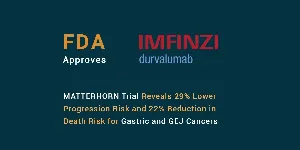





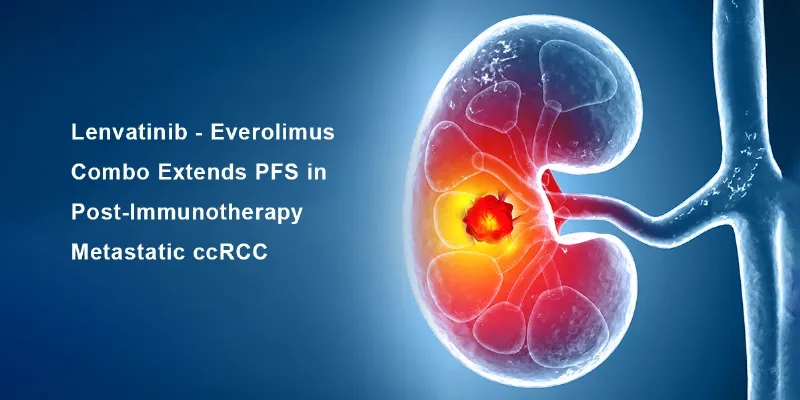
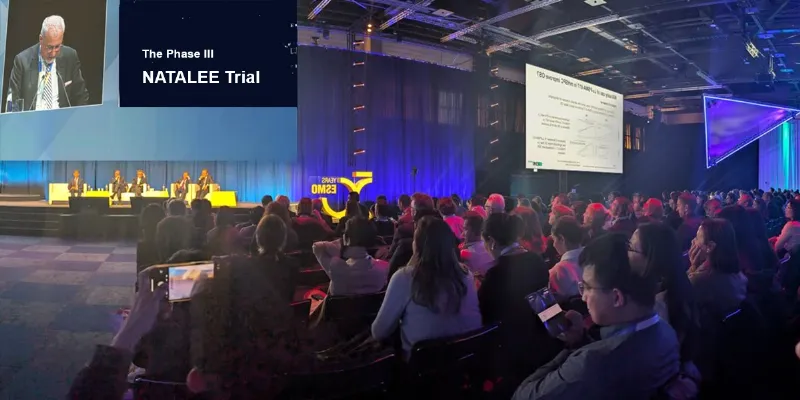
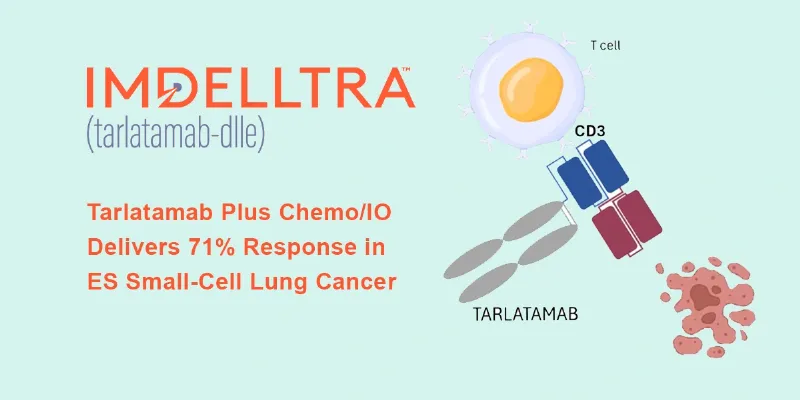

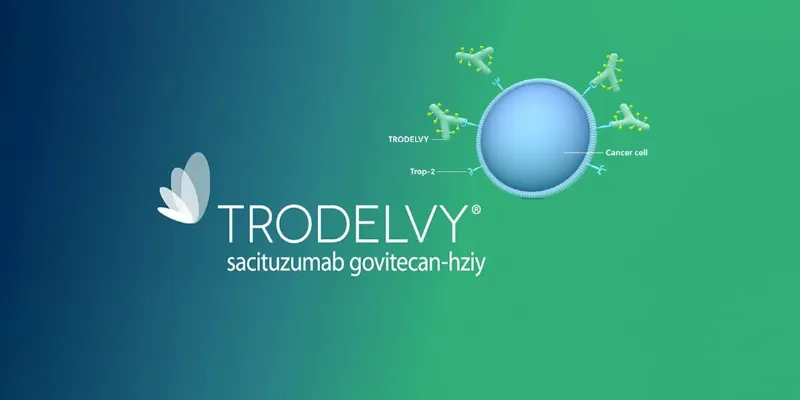
Comments
No Comments Yet!